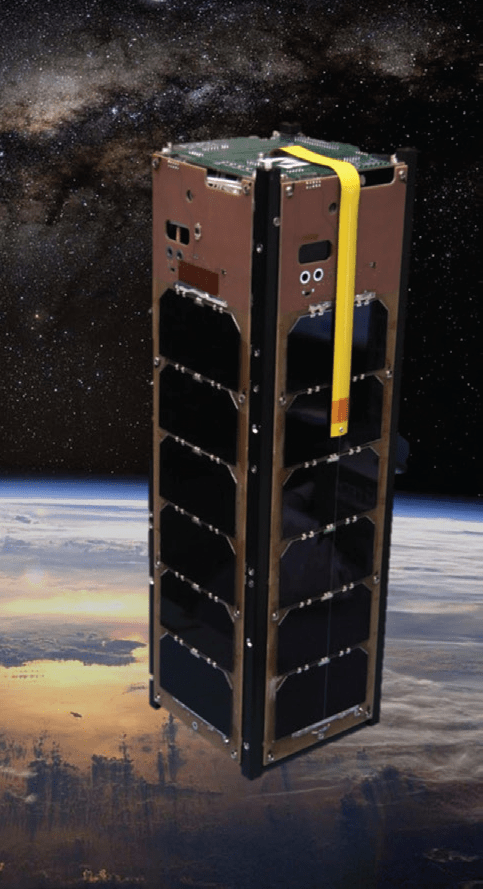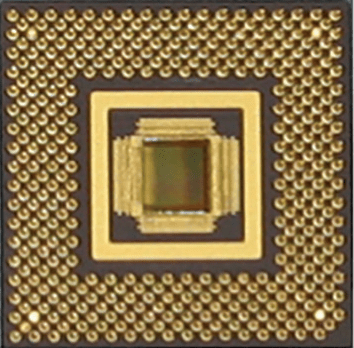The GEO-CAPE ROIC In- Flight Performance Experiment (GRIFEX) CubeSat was launched from Vandenberg Air Force Base on Saturday, January 31, 2015, as an auxiliary payload to the Soil Moisture Active Passive (SMAP) mission.
Technology Development: The GEO-CAPE ROIC In- Flight Performance Experiment (GRIFEX) CubeSat was launched from Vandenberg Air Force Base on Saturday, January 31, 2015, as an auxiliary payload to the Soil Moisture Active Passive (SMAP) mission. GRIFEX is a 3-unit (3U, 10x10x30 cm) CubeSat designed to verify the performance of a new spaceborne technology to study conditions in Earth’s atmosphere. GRIFEX includes a state-of-the-art readout integrated circuit (ROIC)/Focal Plane Array (FPA) with in-pixel digitization and an unprecedented frame rate of 16 kHz. Intended for future imaging interferometry instruments and missions, the technology specifically targets the requirements of the GEOstationary Coastal and Air Pollution Events (GEOCAPE) mission. GEO-CAPE was recommended by the NRC’s Earth Science Decadal Survey to investigate the physical, chemical, and dynamical processes that determine the composition and air quality of Earth’s troposphere. GRIFEX was released into space by a Poly-PicoSatellite Orbital Deployer (P-POD) mounted on the upper stage of the Delta II rocket about 107 minutes after launch. Amateur radio collaborators in Europe were the first to detect the GRIFEX signal beacon about two hours after release. GRIFEX was put into an approximately 650 km circular, polar, low Earth orbit with a 95-minute orbit period.
Impact: The GRIFEX project has fully demonstrated a key technology that will enable hourly, high-resolution spatial and spectral measurements of rapidly changing atmospheric chemistry and pollution transport from a geostationary orbit. The ROIC will enable development of all-digital FPAs capable of the high-speed imaging needed to observe the rapidly evolving conditions in the troposphere. This capability is relevant to the study of climate change, as well as for future missions such as GEO-CAPE that require advanced detectors.
Status and Future Plans: The GRIFEX team reported complete, successful demonstration of the GRIFEX ROIC/ detector in the space environment within the first six months of operation. As of this report, the spacecraft is still healthy and operational and is expected to continue sending data for many months to come.
Sponsoring Organization: The Earth Science Division provided funding to develop the ROIC technology used on GRIFEX via a 2008 ESTO ACT program investment. David Rider at the NASA Jet Propulsion Laboratory and James Cutler at the University of Michigan currently lead the GRIFEX team.




































